Monument to patriotism
After the success of the August Revolution in 1945, our country faced extremely harsh challenges. One of the problems that arose was finance, and importantly the issuance of currency by the Government of the Democratic Republic of Vietnam.
Inside the Memorial House for Meritorious People and Officials and Workers of the Printing Factory at Chi Ne Plantation
While the Provisional Government was facing difficulties in printing and issuing Vietnamese banknotes in order to be financially proactive and fight the enemy economically , Mr. Do Dinh Thien voluntarily spent money to buy back the entire French Taupin printing house in Hanoi and donated it to the Government to establish its own money printing factory, meeting part of the spending needs in a situation where the treasury was almost empty.
By March 1946, facing the risk that the printing of money at the Taupin printing house could no longer be kept secret, President Ho Chi Minh, the Government and the Ministry of Finance decided to find a new location to move the entire printing house out of Hanoi. Once again, Mr. Do Dinh Thien himself took the initiative to propose that the Ministry of Finance move the printing house to his family's plantation in Chi Ne (former Hoa Binh ).
It was here that the “green buffalo” banknote - the banknote with the highest denomination at that time, worth 100 Vietnamese Dong, was born. To have a vivid image of a buffalo printed on this banknote, artist Nguyen Huyen had to run to the fields of Lang village (Hanoi) to see a buffalo grazing.
The first 100-dong "green buffalo" banknote carries the historical mission of eliminating French colonial Indochina currency from our country.
The birth of the Ho Chi Minh financial banknote carried an extremely important historical mission, contributing to the monetary struggle with the enemy to protect national independence and becoming a weapon of struggle on the economic - financial - monetary front, eliminating the French colonialist Indochina currency from the country.
At the same time, the first paper money affirmed economic and financial sovereignty, national independence, including financial independence. An independent Vietnam must have an independent Vietnamese currency.
During the time the money printing factory operated at Chi Ne plantation, to avoid detection, factory workers only printed money at 3-4 am.
The printing press issued the first banknotes of the Democratic Republic of Vietnam.
The place where Uncle Ho visited twice
According to documents at the Historical Site of the Printing Factory, from the end of the 19th century, the French colonialists continuously issued licenses to French capitalists to enter Lac Thuy land to occupy land and establish plantations, promote tax collection and exploitation of forest products.
The area of Co Nghia commune (now An Nghia commune) is located in the Chi Ne coffee plantation of French billionaire Enet Boren with an area of 7,331 hectares, 13km long, 9km wide with vast forests of coffee, xoan, trau, and tea trees along with many solid houses, coffee processing areas, buffalo and cow barns...
From December 1946 to February 1947, the Central Printing Agency located at Chi Ne plantation provided industries and localities from the South Central Coast and beyond with about 400 million Vietnamese Dong. This amount of money provided a large resource to equip weapons, food, and medicine to serve the resistance war against French colonialism.
With its strategic location, Chi Ne plantation was honored to welcome Uncle Ho twice to visit, work and stay. On February 18, 1947, after the Government Council meeting ended, Uncle Ho and comrades Cu Huy Can - Minister of Agriculture, Hoang Huu Khang - bodyguard and driver Pham Van Ngoc from Quoc Oai set off for Thanh Hoa on a business trip.
The living room of Mr. and Mrs. Do Dinh Thien's family - where Uncle Ho stopped to rest on his way to Thanh Hoa
On the journey, Uncle Ho stopped to rest at Chi Ne plantation. At 6:00 a.m. on February 19, he visited the house of Mr. and Mrs. Do Dinh Thien - the owners of Chi Ne plantation and patriotic capitalists. After that, he visited the houses of workers of the Money Printing Factory and some Muong people nearby.
The typewriter was used by Uncle Ho to draft important documents when stopping at Chi Ne plantation.
After completing his work in Thanh Hoa, on the morning of February 21, 1947, Uncle Ho returned to Chi Ne. This time, he instructed the cadres and people of Lac Thuy district: "This is our printing house. You must take good care of it and compete with each other to print a lot of money for the whole country to spend on the resistance war to save the country. The cadres and workers in the factory must unite, love each other, help each other to progress, and pay close attention to preserving and saving the people's money."
Up to now, at the Chi Ne plantation treasury, the house of Mr. Do Dinh Thien's family, where Uncle Ho stayed on February 21, 1947 and the bunker where Uncle Ho lived are protected and preserved intact.
Red address for educating the young generation
In mid-July, a delegation of cadres and students from the Provincial Political School visited the historical site of the Money Printing Factory. Here, the delegation held an incense offering and flower offering ceremony to commemorate President Ho Chi Minh and his predecessors, who contributed to the donation and construction of the Money Printing Factory for the Revolutionary Government.
Ms. Ha Thi Thanh Hai, Vice Principal of the Provincial Political School, shared: Here, the staff, teachers and students of the school listened to the tour guide of the An Nghia relic site management board tell about the positive contributions of capitalist Do Dinh Thien to our country's revolution right from the time the Democratic Republic of Vietnam was newly established, as well as the times when Uncle Ho went on business trips and spent time and affection to visit Mr. Do Dinh Thien's family. The staff, teachers and students of the school also saw artifacts such as coins printed at the Money Printing Factory and images of the Money Printing Factory when it was first established. This was an interesting and useful experience; also an activity with profound and meaningful educational value.
The delegation of the Provincial Political School took a souvenir photo at the first paper money production site of our country.
The Money Printing Factory relic site has an area of 15.64 hectares, including items such as: Memorial house, money printing workshop; Uncle Ho's house for visiting and working; treasury; hall; reception house; reliefs at the printing workshop area; garden; traffic system for the entire area; flower garden park; reception area and cultural, entertainment facilities...
The spacious grounds of the relic site with lots of trees are an ideal place for students to experience.
Mr. Hoang Manh Khoe, Head of the Management Board of An Nghia Commune Relic Sites, said: In recent years, realizing the importance and outstanding cultural and historical value of the Chi Ne Plantation Relic Site and the Money Printing Factory, the People's Committee of Hoa Binh Province (old) has planned, built and renovated the historical relic site of the Money Printing Factory with the desire to restore and preserve the image of the Money Printing Factory and build a Memorial House for those with merit and cadres and workers of the Money Printing Factory at Chi Ne Plantation, to commemorate the great contributions of President Ho Chi Minh, Mr. Do Dinh Thien's family and those who contributed to the revolution in the early period of laying the foundation for the construction of the national financial sector of Vietnam.
Currently, the relic site is divided into three points, which are the memorial house for the meritorious people and workers of the printing factory; the second point is the central house of the old Chi Ne plantation, where President Ho Chi Minh visited and worked twice, and the third location is the 1946-1947 printing factory.
The Management Board of An Nghia Commune Relic Sites has been preserving and promoting the value of the relics along with a system of documents, images, and signboards in parallel with building products and linking neighboring tourist routes such as Tien Pagoda relics and Phu Lao cave system to bring visitors interesting experiences with attractive attractions. On average, this historical relic site welcomes more than 10,000 visitors every year to visit and study.
The Printing Factory relic is a red address for educating the young generation about revolutionary traditions.
Dinh Thang
Source: https://baophutho.vn/di-tich-lich-su-nha-may-in-tien-dia-chi-do-giao-duc-long-yeu-nuoc-236960.htm


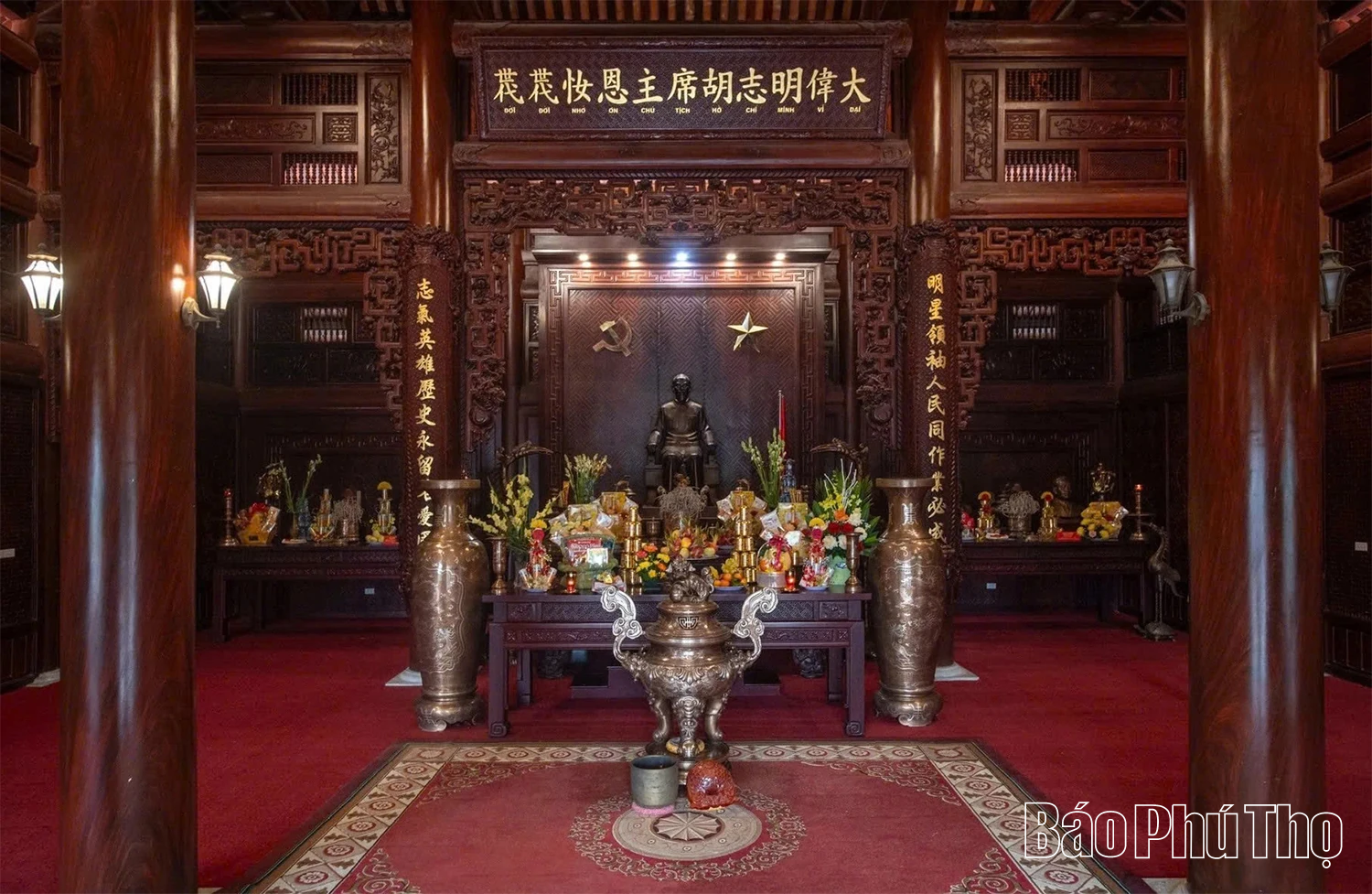
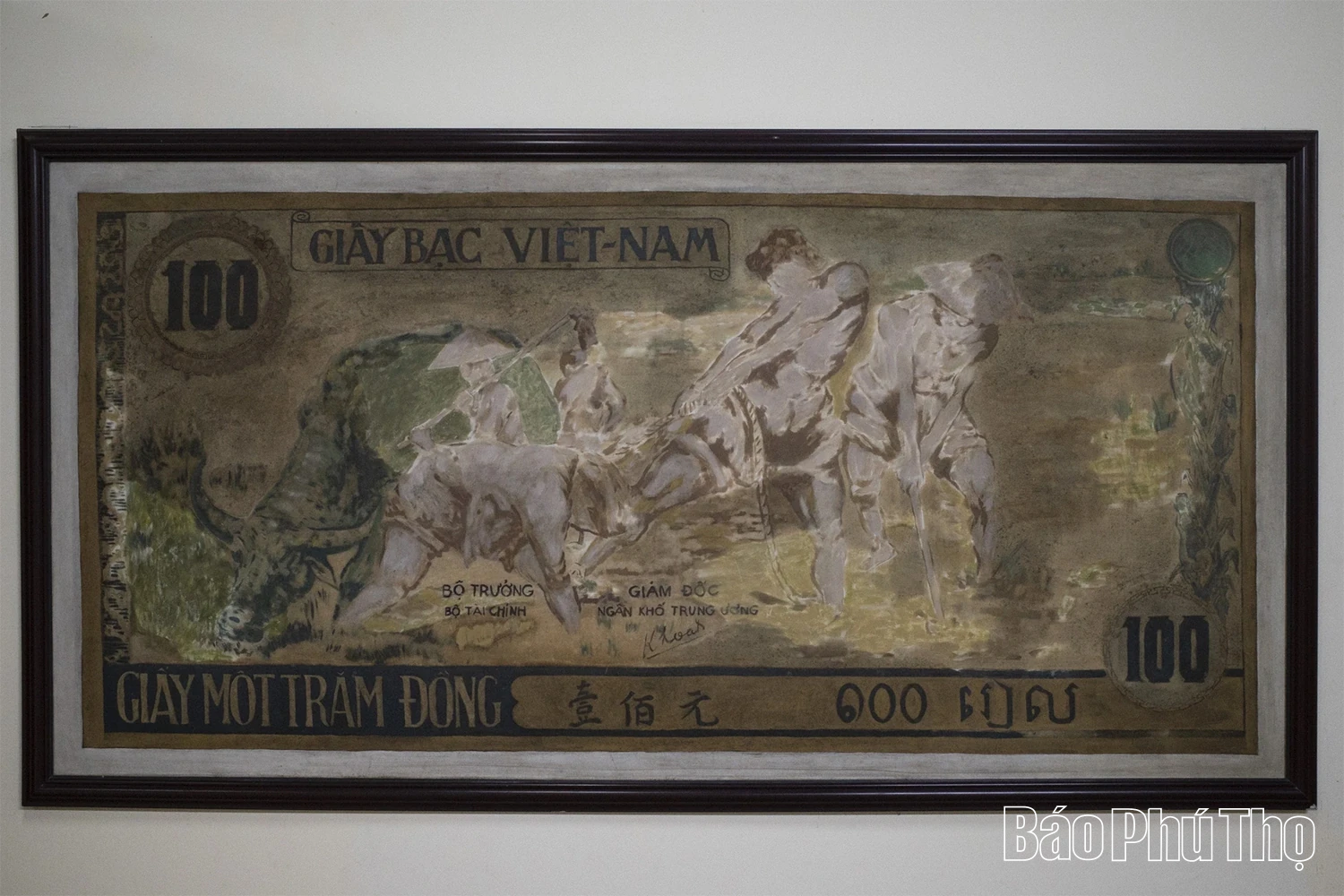
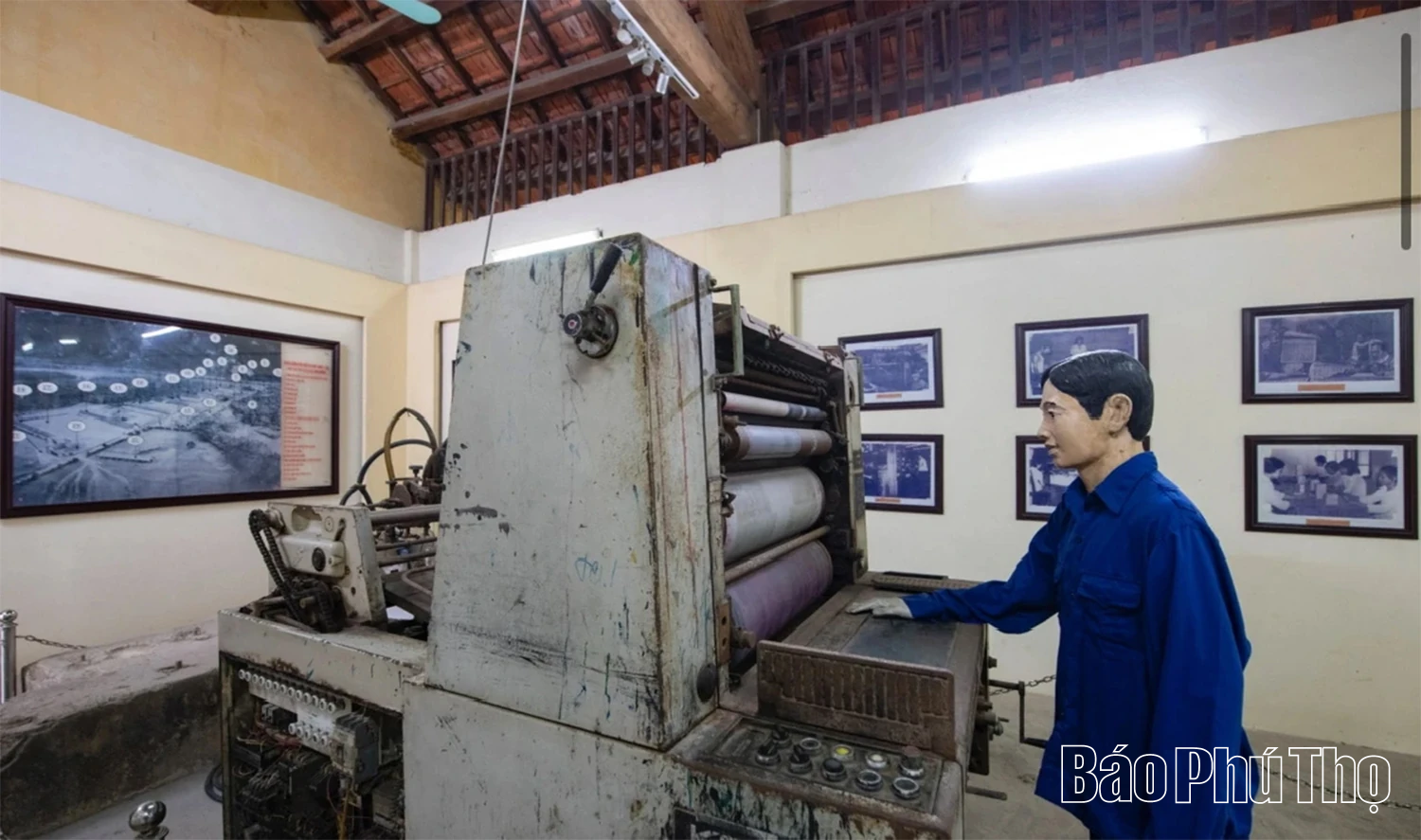
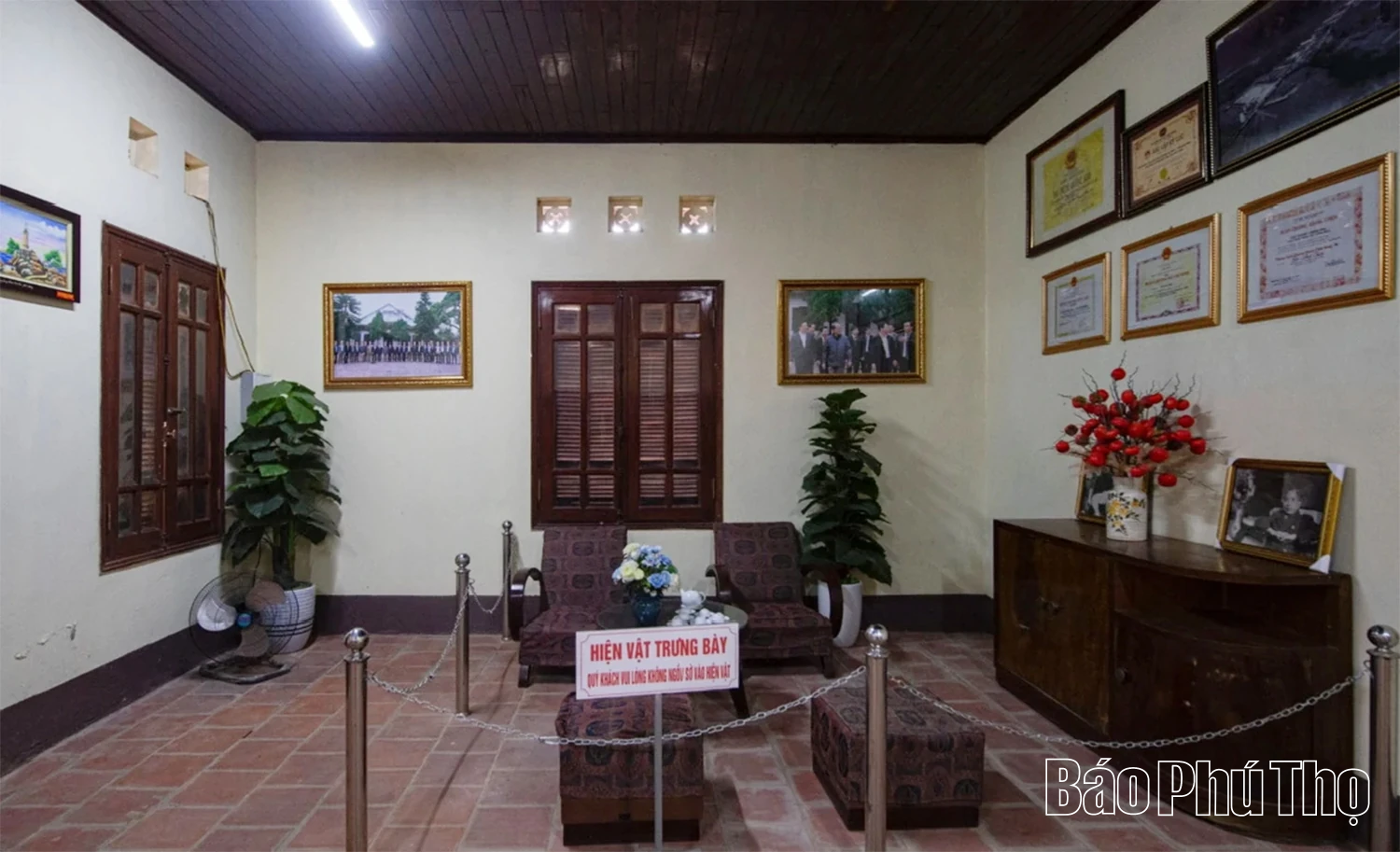
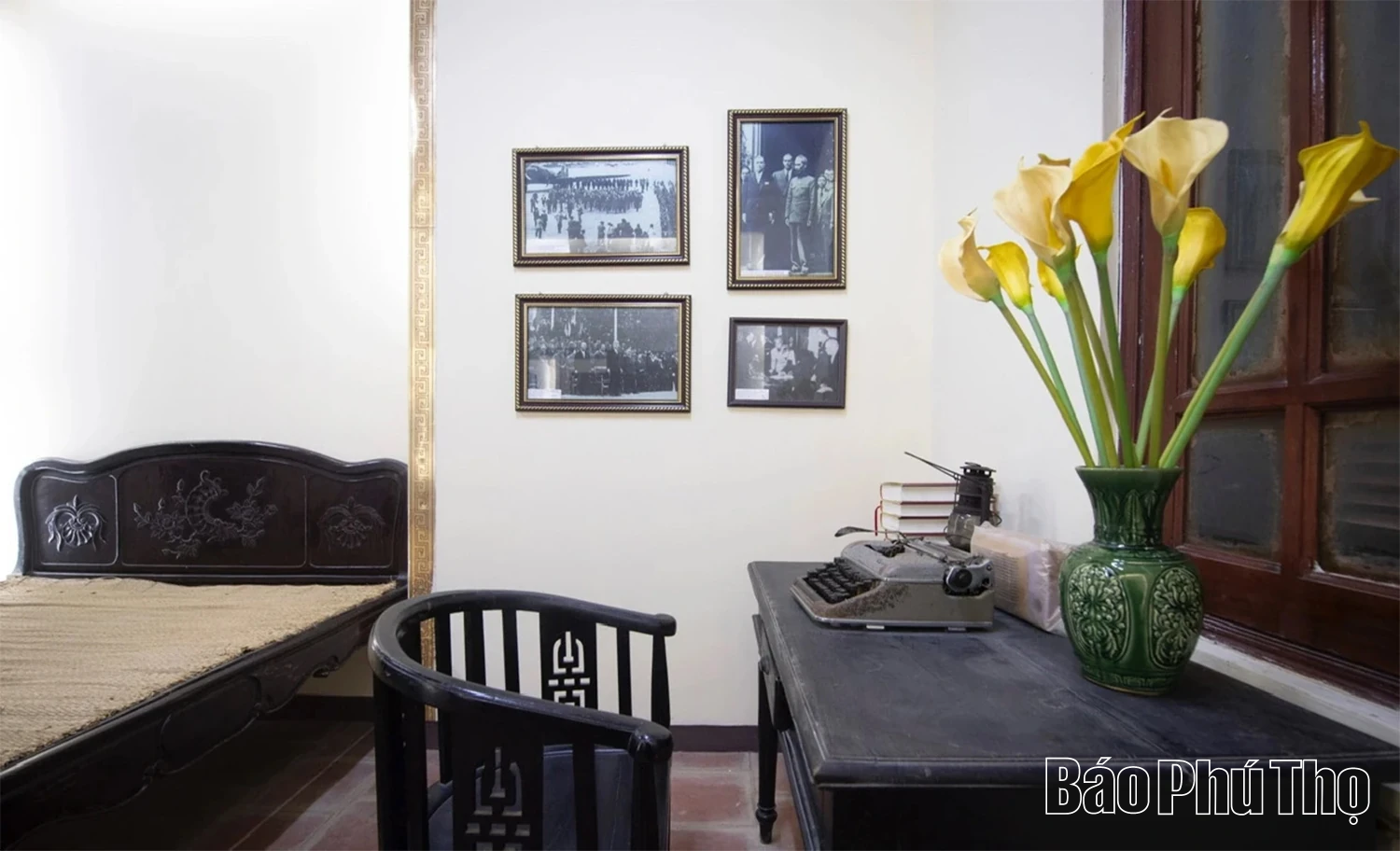
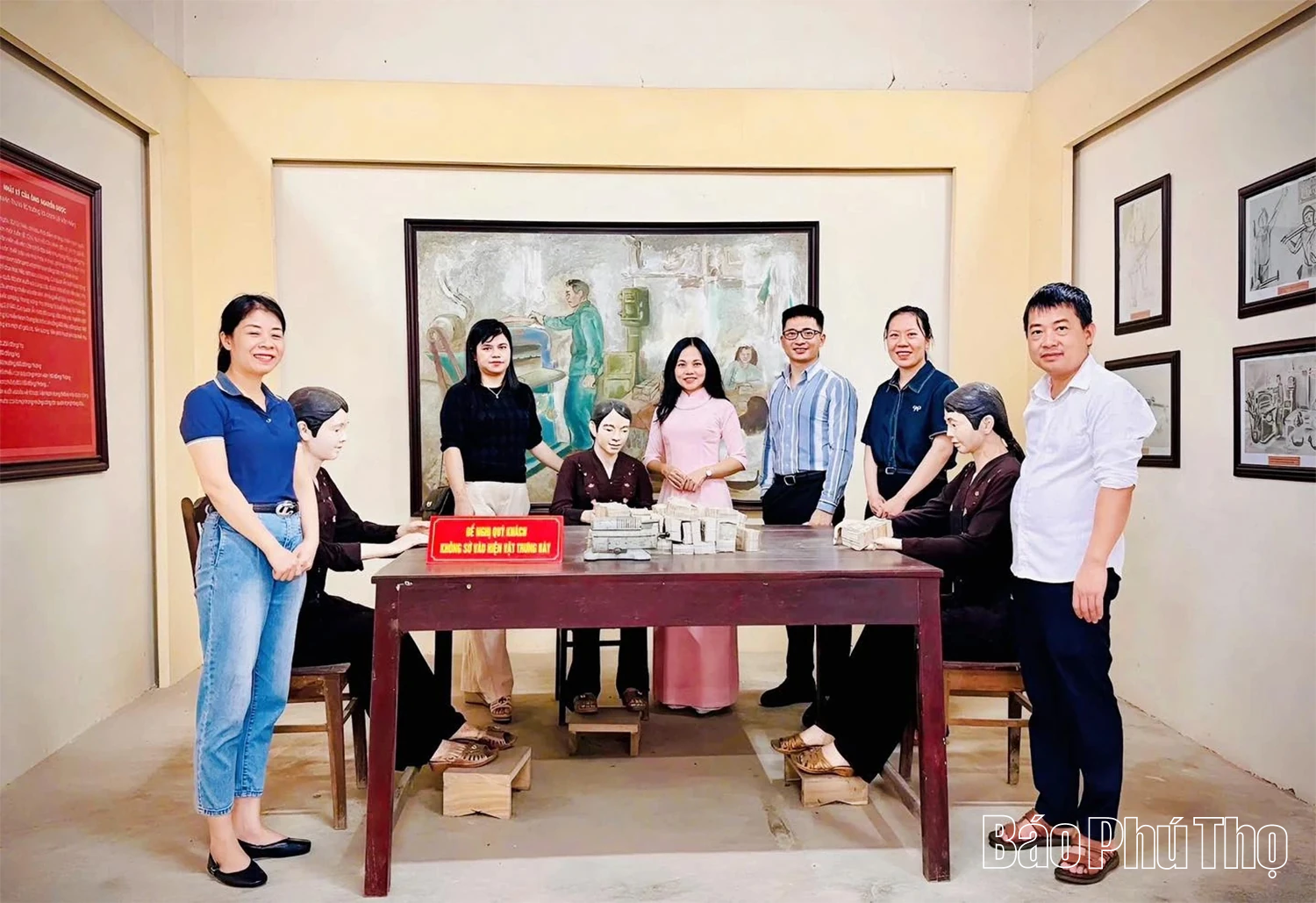
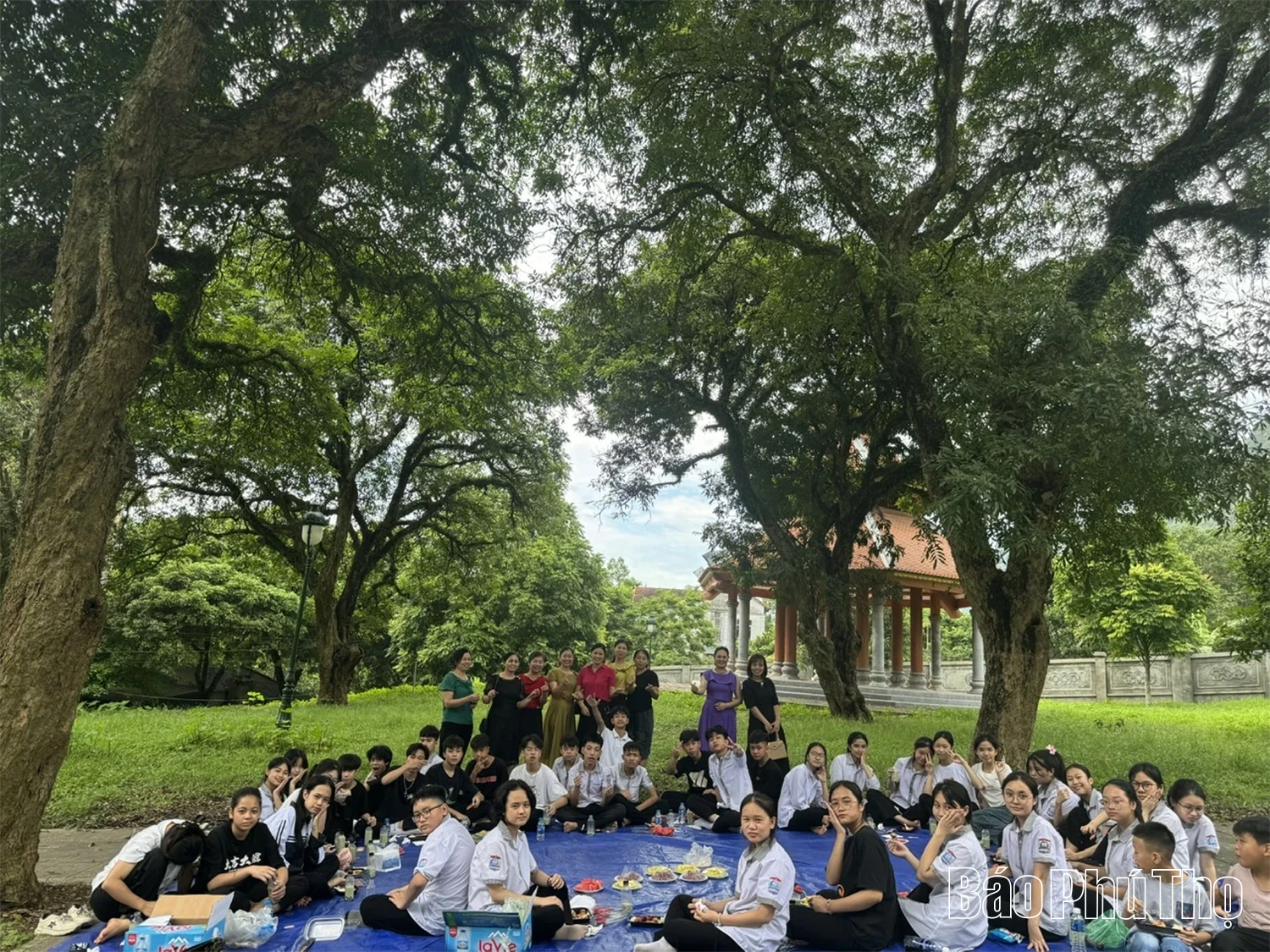
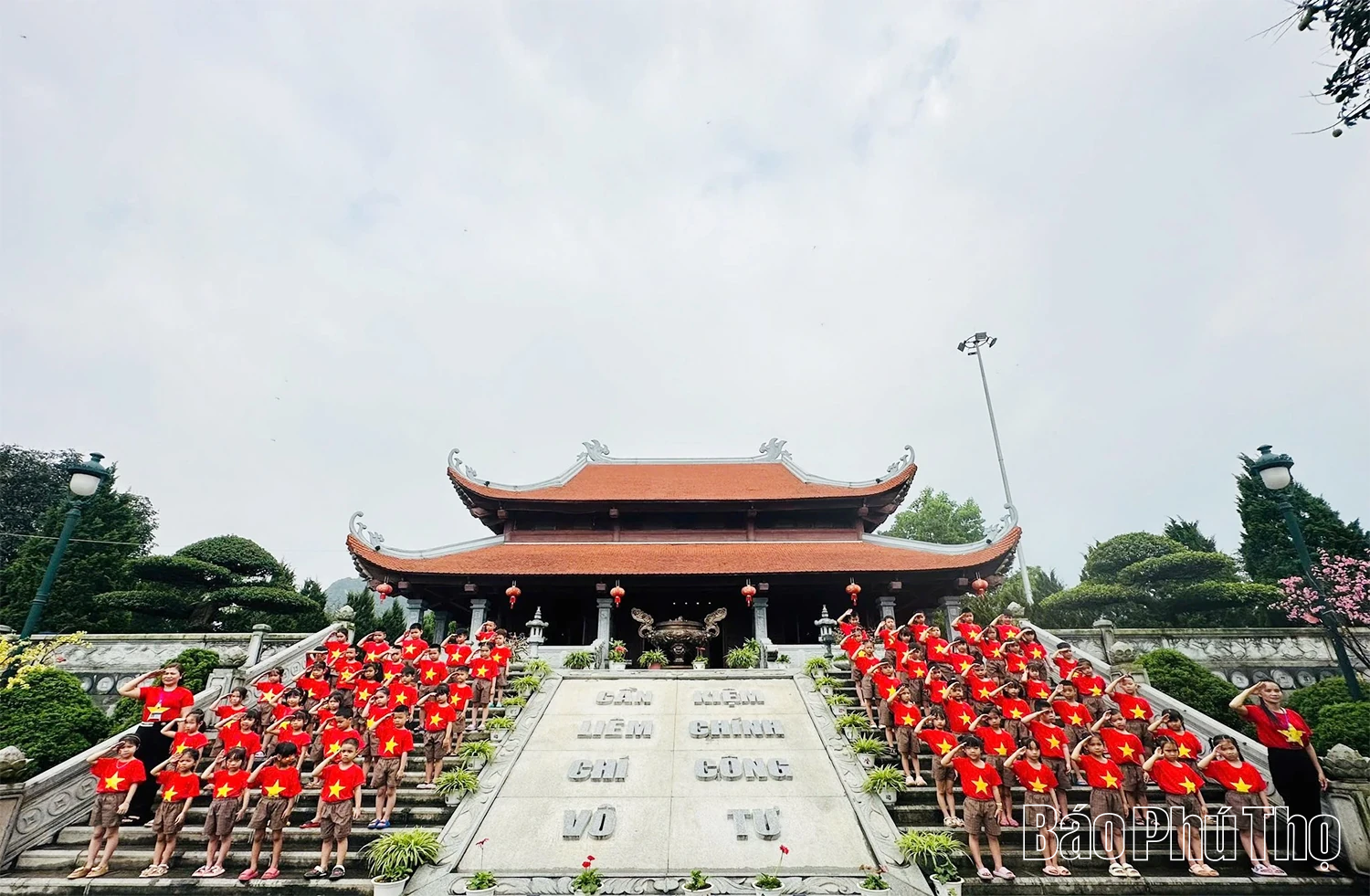
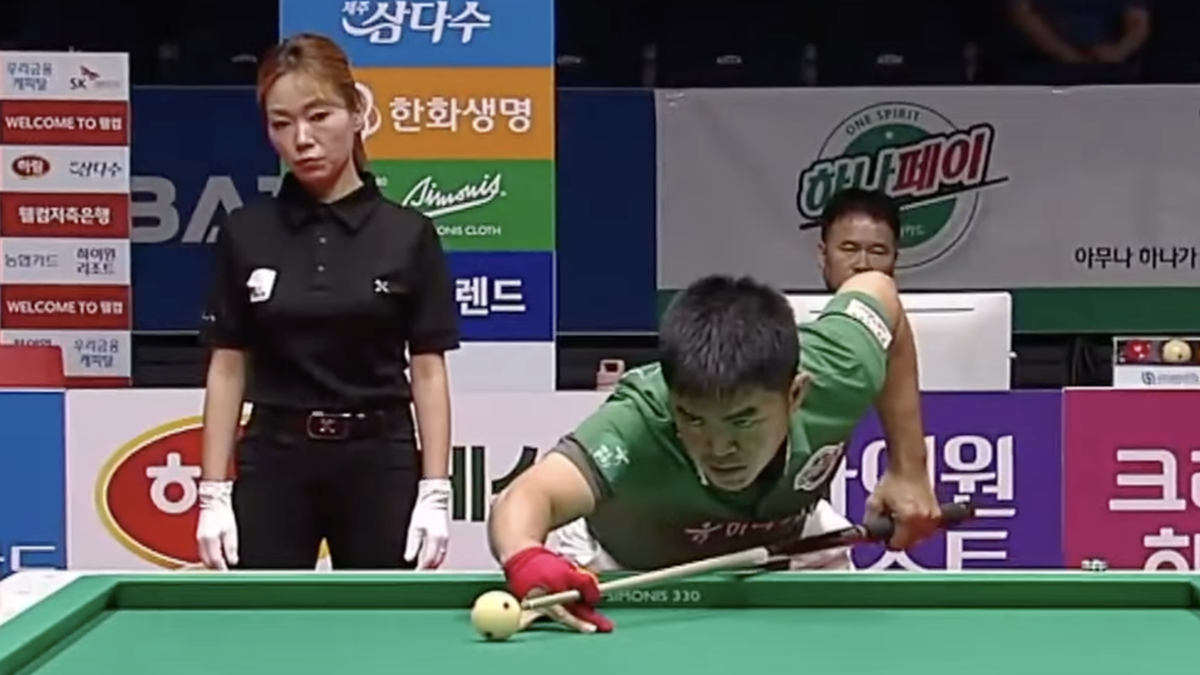
























![[Photo] National Assembly Chairman attends the seminar "Building and operating an international financial center and recommendations for Vietnam"](https://vphoto.vietnam.vn/thumb/1200x675/vietnam/resource/IMAGE/2025/7/28/76393436936e457db31ec84433289f72)
































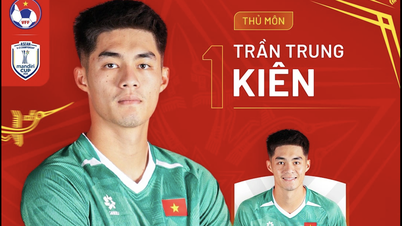

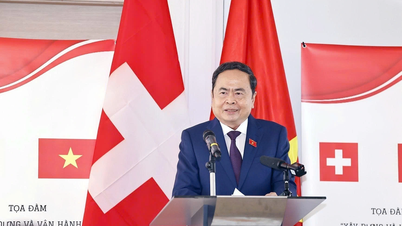



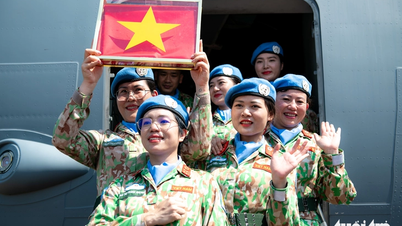


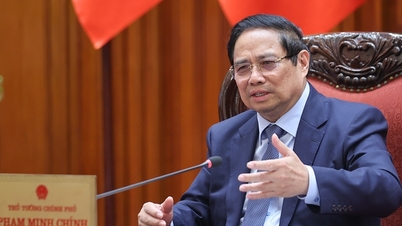
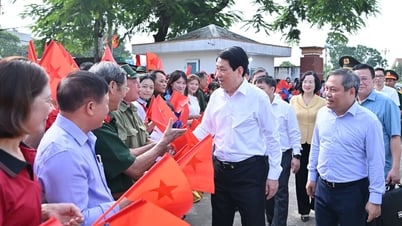


























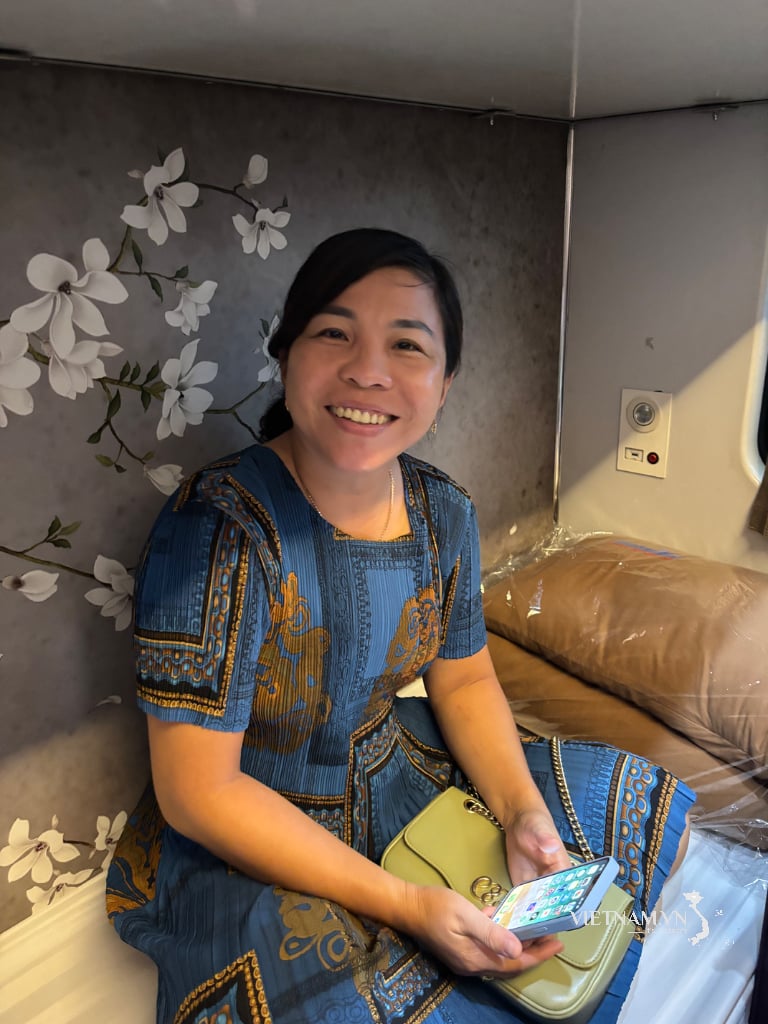
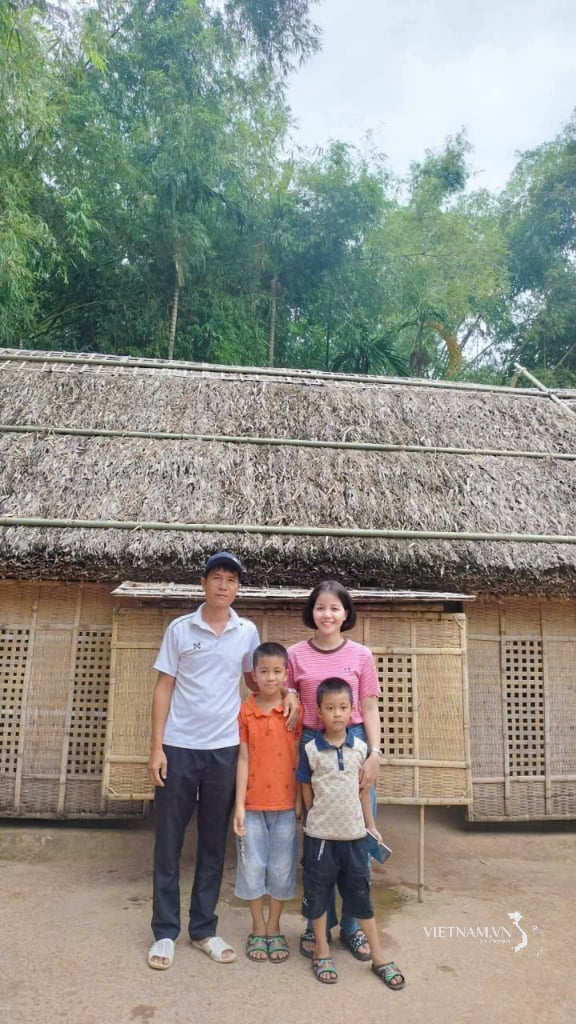
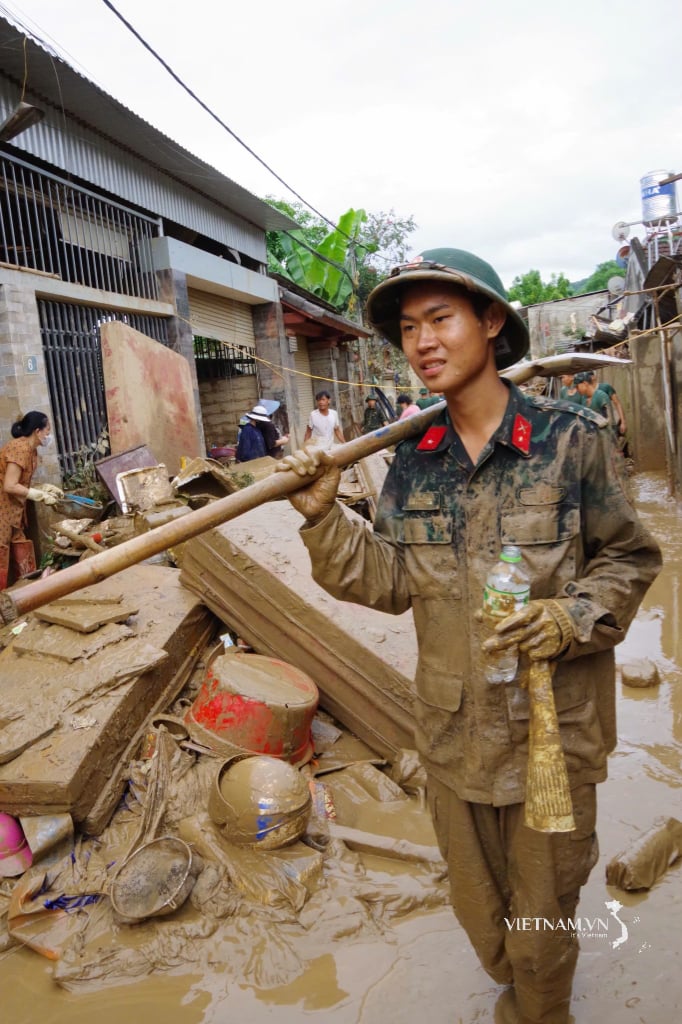
Comment (0)